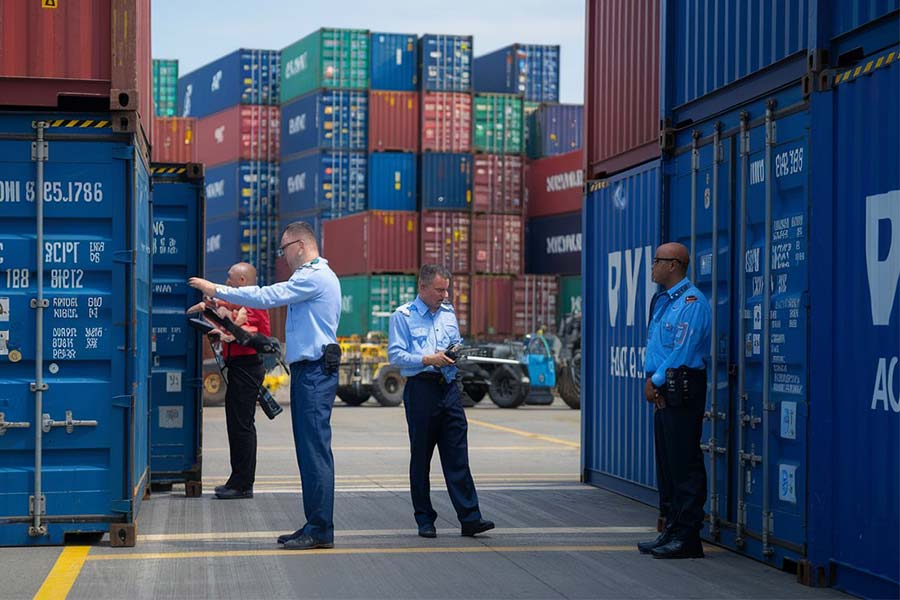
1. What taxes are required for software exports?
Under the 2025 latest “Administrative Measures for Value-Added Tax on Cross-Border Taxable Services,” software exports involve three main tax categories:
- Value-added tax: VAT is exempt at the export stage, but the nature of the transaction must be distinguished.
- Transfer of pure software licensing rights is subject to a zero tax rate
- Mixed sales that include technical services must be split for tax calculation purposes.
- 関稅: Determined based on the customs HS code classification
- Physical carrier formats (such as optical discs) are taxed under the electronic carrier category.
- Digital transmission formats are currently exempt from customs duties
- Corporate Income Tax: Include software sales revenue in the taxable income
- High-tech enterprises may enjoy a preferential tax rate of 15%.
- Extension of the Technology Export Revenue Reduction Policy through 2027
2. How is the VAT refunded on software exports?
Requirements for the continued implementation of the immediate levy and immediate refund policy in 2025:
- 申告材料:
- Software Copyright Registration Certificate
- Cross-border Service Contract Filing Certificate
- Foreign Exchange Receipt Certificate (SAFE Verification Form)
- Tax Refund Eligibility:
- Proportion of self-developed software ≥70%
- Export contract amount ≥ USD 100,000
- The receipt of foreign exchange shall not exceed six months from the date stipulated in the contract.
- Operating Procedure:
- Complete customs single-window declaration
- Submit the "Cross-Border Taxable Services VAT Exemption Application Form"
- Filing a tax refund record through the Electronic Tax Bureau
III. What factors influence software export tariffs?
Real-world cases show that the following factors often trigger tariff disputes:
- HS Code Classification:
- Tax rate difference between system software (8523.49) and application software (8523.41)
- Customized software may fall under the category of information technology services.
- Transaction Pattern Recognition:
- Subscription-based services may be regarded as royalties.
- Differences in Tariff Handling Between Cloud Deployment and On-Premises Deployment
- Certificate of Origin:
- Eligible for preferential tariff rates under the free trade agreement
- Complete documentation of the development process must be provided
4. How can one lawfully enjoy tax incentives?
It is recommended that enterprises establish a three-tier risk control mechanism:
- Pre-planning:
- Complete the tax impact assessment before signing the contract
- Clearly define the software delivery method and the proportion of technical services.
- In-process monitoring:
- Cross-border payment voucher and contract clause consistency verification
- Regularly update the country-specific tax policy database
- Post-audit:
- Maintain complete records of R&D expense aggregation
- Prepare transfer pricing documentation to respond to a tax audit
V. Common Misconceptions in Software Export Taxation
Based on the 2025 customs audit cases, special attention should be paid to:
- Misconception 1: All digital products are tax-exempt.
- Need to distinguish between the form of the product and the essence of the service
- Some countries have begun levying a digital services tax.
- Misconception 2: Tax refund amount = Input VAT
- Actually calculated as FOB price × tax rebate rate
- Service outsourcing expenses are non-deductible.
- Misconception 3: All R&D expenses are eligible for the additional deduction.
- Must comply with the "Administrative Measures for Pre-tax Deduction of R&D Expenses"
- Overseas R&D expenses must be filed separately


 カスタマーサービスWeChatをフォローしてください
カスタマーサービスWeChatをフォローしてください